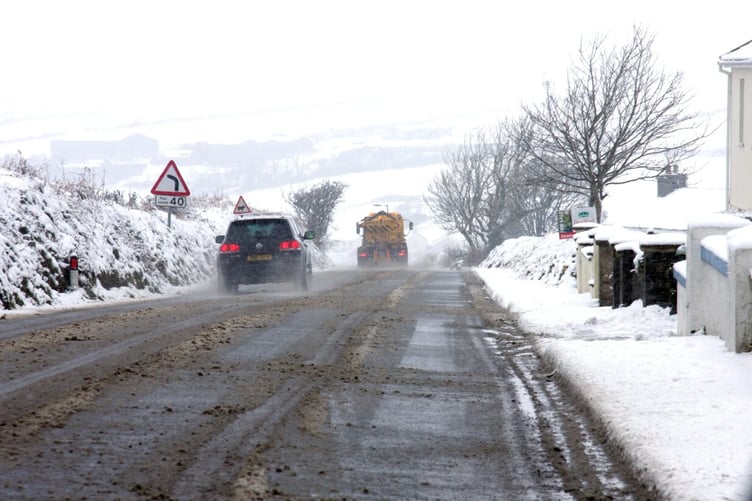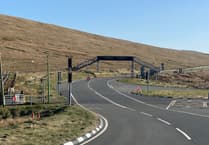With temperatures plummeting and winter well on its way, the Department of Infrastructure is asking the Manx public to be prepared for adverse driving conditions and explain their gritting process.
Its shared statement on social media is to ensure that people know to drive to the conditions but also to take responsibility for using grit on their driveways and paths outside their own properties when necessary.
It also encourages people to consider the needs of elderly neighbours or those who might appreciate some help.
When snow or ice is forecast, bulk gritters from the DoI are deployed to help maintain safe driving conditions on primary routes in the event of freezing conditions.
Priority is given to roads that carry the heaviest traffic, as well as key bus routes and roads to hospitals, fire stations and schools.
Officers from the Highway Services Division liaise with the Met Office when adverse weather is forecast. Warnings of sub-zero conditions, ice and frost trigger discussions about which locations to grit.
A range of factors are considered, including the predicted temperature, wind speeds, the likelihood of rain, sleet or snow and the current condition of the highway network.
Subject to the nature and timings of the weather warnings, roads are treated after the evening rush hour or from 5am before the morning commute.
Grit is spread before ice and frost forms to try to prevent roads becoming treacherous.
The department’s emergency control room at Ellerslie in Crosby is staffed round the clock during severe weather events to co-ordinate resources and respond to changing conditions and demands.
The DoI has also answered some commonly asked questions that people have surrounding road gritting and the work it does during the winter months:
One of the most frequently asked is: The roads are white, why haven’t you gritted?
Its answer says: ‘Grit is meant to stop ice forming on the road surface.
‘Grit will generally not stop snow lying on roads, unless the snowfall is very light indeed.
‘When snow falls it will generally lie on roads and we need to plough and then grit again to clear it. Grit also relies on the mechanical action of tyres to make it work well. That is why in snow conditions the tyre tracks turn black while much of the rest of the road remains white.
‘If traffic is light roads will take longer to turn black.’
Many people question when gritting is carried out, and the department has attempted to explain why it depends on a number of possibilities.
It said: This depends on a variety of factors.
‘When we receive a weather forecast that indicates roads may require gritting, where possible we carry out the gritting treatment in the evening at approximately 6pm and / or 5am prior to morning commuting traffic building up on the roads.
‘Gritting at this time ensures the best performance of the grit.
‘Spreading salt at these times also means the roads are treated in advance of peak traffic flows, before the times where frost and ice will form, and when there will be enough traffic on the roads to help the salt mix with the moisture to form a saline solution.
‘Where the weather forecast cannot confirm with certainty that a treatment will be needed, we will continuously monitor the weather data and order a grit treatment only if it is needed or where reports of icy conditions dictate.
‘Gritting cannot be carried out when it is raining or it is forecast to rain as the rain washes the grit off the road. High winds also pose a problem and will blow the grit away, so monitoring the weather conditions is critical in informing the right time to deploy the gritters.’
For more information on gritting visit gov.im/gritting.




.jpeg?width=209&height=140&crop=209:145,smart&quality=75)